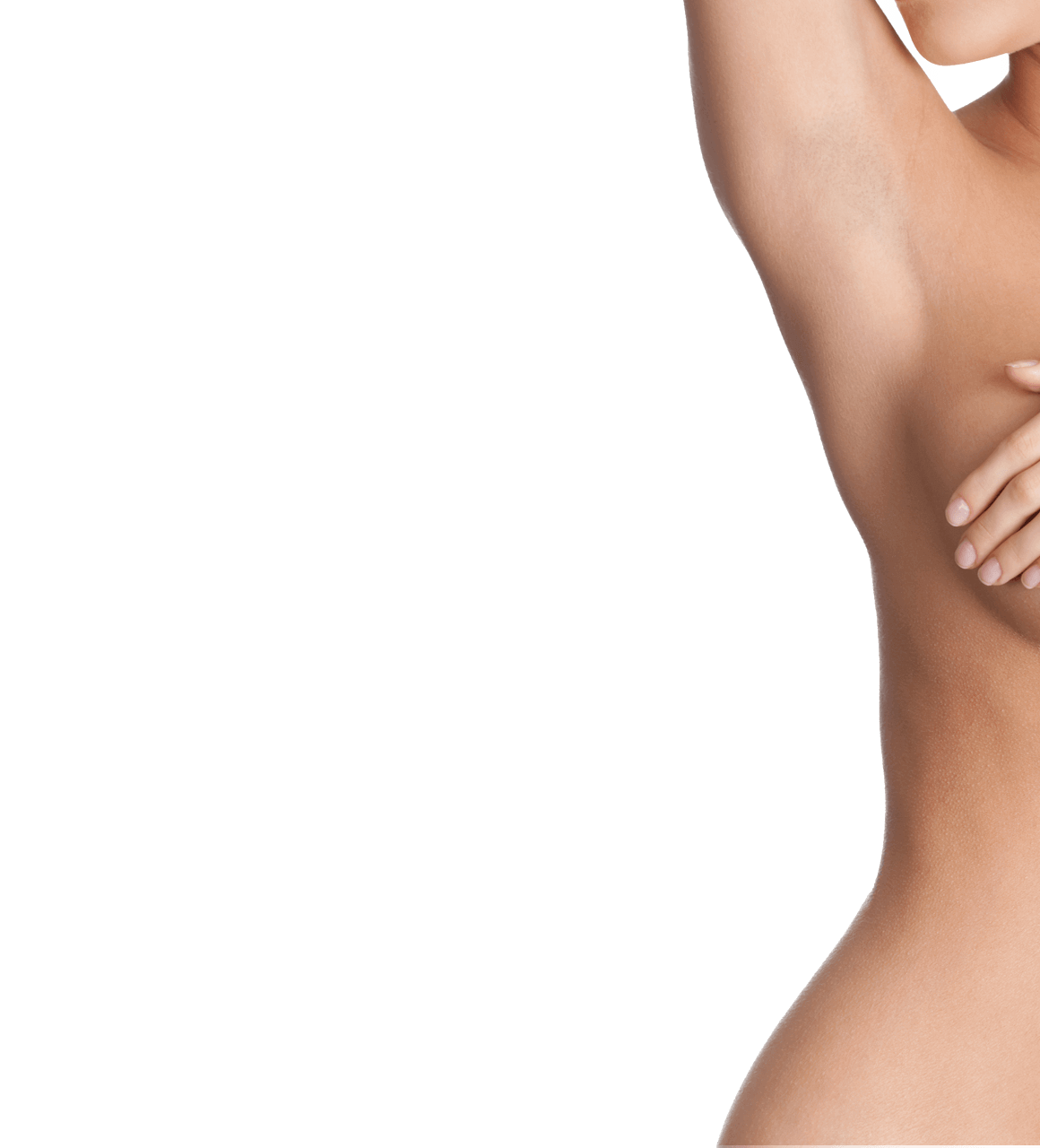Breast Augmentation
Breast Enlargement
Breast enlargement has become one of the most popular cosmetic surgical procedures in the UK. There is now a vast range of procedures and variety of implants which can enhance both breasts and nipples. This page has been developed to provide you with the essential facts in helping you to decide which is right for you.
What does the procedure involve?
Breasts can be enlarged by placing an implant either under the breast tissue or behind the muscle on which the breast lies. Some implants are round and others are shaped more like a natural breast, both give excellent results. Your surgeon will be able to inform you of the information required to make the correct decision for your body. Implants are most commonly inserted through incisions just beneath the breast, although the incisions can be made around the areola or in the armpit; this is again down to personal preference.
A general anaesthetic and an overnight stay in hospital are usually required for the procedure, but sometimes it can be done in just a day. Most women need about a week to recover, but of course, this may be longer if you have a job that involves heavy lifting or carrying for instance. Gentle exercise can usually be resumed after a month or so and aesthetically, whilst temporary swelling occurs, bruising is minimal.
The breast implant itself is made of an outer layer of silicone and is filled with either silicone gel, salt water or another solution. Silicon is a natural element and is the second most abundant element in the Earth’s crust after Oxygen. It is widely used and can be found in many cosmetics, glass, and ceramics. Since the introduction of Silicon implants, many studies have been conducted to establish whether such implants cause disease, yet there is still no evidence to suggest that silicone breast implants are associated with an increased incidence of breast cancer or other autoimmune diseases such as rheumatoid arthritis.
Recently a very small number of women have developed a lymphoma (cancer of the immune system) adjacent to the implant. This will be discussed at your consultation, but be assured it is extremely rare, and is found at an early stage, is very treatable.
Is this procedure right for you?
Women choose to have breast implant or reduction procedures for many reasons; some for regaining breast size after childbirth or weight loss, some for uneven or misshapen breasts, and others for balancing or enhancing the dimensions of their figures. Whichever it may be, there are solutions.
We strongly recommend that prior to making a decision about your surgery you come along to the clinic for a one-to-one consultation. We give you time to discuss your requirements and any questions or concerns you have and in return will give you any information that you need to allow you to make an informed decision about which breast augmentation procedure is most suitable.
Post Operative Recovery
As with all surgical procedures, there are of course risks, but breast enlargement and augmentation has become so advanced in recent decades that complications are few and far between.
Leakage
A main concern for patients is the chance of their implants leaking; the implants we use have been carefully chosen by our experienced team according to the latest developments in the technology. This reduces the likelihood of silicone leakage which occurs in less than 10% of patients. Tell-tale signs are pain within the breast and sometimes the implant can feel hard. However, leakage is usually contained within the fibrous capsule that the body forms around the implants and rarely escapes into the body. Treatment may be needed to rectify the issue and in certain cases removal and exchange of the implant may be necessary.
Infection
Implant surgery may also cause bleeding problems and infections, usually infections can be treated with antibiotics but in severe cases may require surgical removal of the implant.
Mammograms
Breast implants can interfere in mammography, the x-ray screening method for breast cancer. Special x-ray views can be taken to minimise this interference.
Asymmetry
Most women have some degree of asymmetry between breasts although significant asymmetry can usually be improved.
Feel
A breast that has an underlying implant may not always feel like a normal breast, especially in women with a slim frame who had smaller breasts with little breast tissue before their procedure.
Sensation
There is usually a temporary difference in skin and nipple sensation following breast augmentation although it often returns to normal within a few months.
Aesthetics
Whilst implants do of course enhance any breast, it is not always possible to create a cleavage with breast augmentation. This will be explained by your surgeon. The weight of the implant may also influence the age-related changes that occur with natural breasts.
Scarring
Breast augmentation always leaves a scar where the incision was made but is as minimal and discreet as possible. Although the scars will settle in around a year, their appearance varies according to the individual and how well they heal.
Should you have any concerns after your surgery, your surgeon will provide comprehensive aftercare to quell and resolve any issues that may occur.
"I have nothing but high praise for all the staff at Ashstead hospital and in particular both Dr Wilson and Elaine."
Recent Breast Augmentation client





